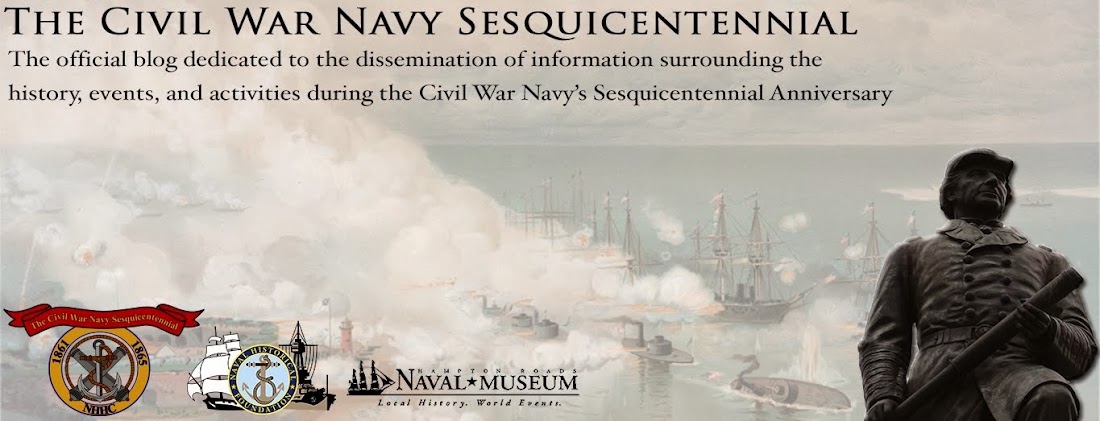 Photo courtesy USS Ft. Henry web site.
Photo courtesy USS Ft. Henry web site. One of the things I like most about Civil War Navy living history is getting the opportunity to try doing some of the things “the old salts” did back then. The first weekend of October 2010, I participated in a small re-enactment event in the Tampa area. Dubbed “The Battle of Ballast Point”, the event recalls a Union Navy cutting out expedition conducted in the fall of 1863 to destroy two Confederate blockade runners – the Kate Dale and the Scottish Chief hiding up the Hillsborough River, a major tributary of Tampa Bay. A party of seamen and marines from the gunboats USS Tahoma and USS Adela set out in ships’ boats to find and burn the two runners, which they succeeded in doing. The landing party was subsequently attacked by a small force of Confederate home guard and cavalry and had to fight their way back to the Navy ships. The re-enactment is held at a small county park bordering the Tampa Bypass Canal (the original Ballast Point site is now part of downtown Tampa, FL), and the feature event is a landing by a ship’s boat, crewed by Union seamen and carrying US Marines. The “ship’s boat” is owned by the park and is actually an old lifeboat which somewhat resembles the ships’ boats of the Civil War period. It takes six sailors to row (three oars on each side), plus the coxswain, officer in charge of the landing party, and up to six marines.
I learned that crewing a boat is very much an acquired skill – it takes some practice to master the art of rowing and maneuvering. You have to be in sync with the other oars and pull together. The main thing is to avoid looking outboard at the oars in the water (not an easy thing to do, as you tend to want to do this instinctively). Keep your eyes inboard and on the back of the man in front of you, and synchronize your movements to his; when he leans forward on the forward stroke of the oar, you do the same, and as he leans back to pull, you lean back and pull. The first day of the event was a bit of a scene as we all struggled to figure this out (half the guys had done this before, the other half, yours truly included, were tadpoles). The second day went much better, as we were all much more in sync. After not more than 10 minutes of rowing, many of us were ready to quit, which makes it all the more amazing that the old fellas in the War would do this for hours on end when they were on landing party raids.
For information on the actual historical event (“The Battle of Ballast Point”), visit the USS Fort Henry web site at: http://mysite.verizon.net/lewzerfas/forthenry.htm.

No comments:
Post a Comment